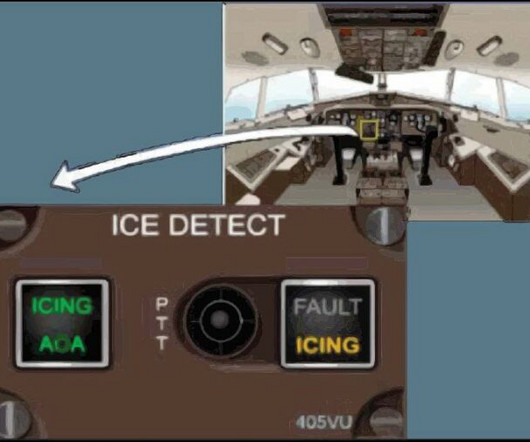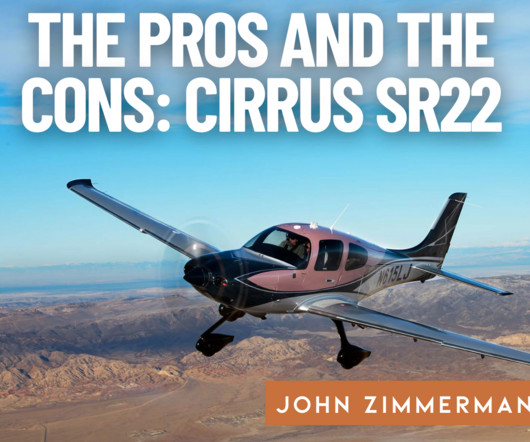Everything You Need To Know About Ailerons
Pilot Institute
FEBRUARY 20, 2025
The rotational force thats needed to move an object about an axis is called torque. The simplest formula for torque is: Torque = F x L L is the distance between the object and the axis of rotation, also called the moment arm. Adverse yaw is created due to the drag differential between the two sides of the aircraft.















Let's personalize your content